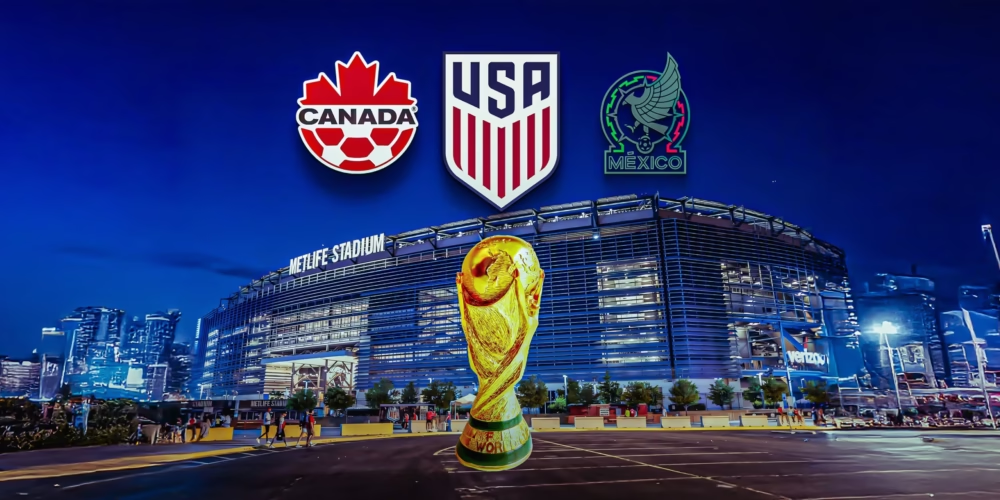There is something almost surreal about seeing the number $896 million beside the words “FIFA World Cup prize money.” It feels like a number meant for another sport, another industry, maybe even another planet. Yet that is the confirmed figure for the 2026 World Cup, a tournament that will span three nations, feature 48 teams, and generate an estimated $8.9 billion in revenue for FIFA.
The World Cup has always been football’s greatest show, but in recent decades it has also become one of sport’s most powerful economic engines. The tournament that once paid its winners a modest $1.4 million in 1982 will soon hand over $65 million to the champions.
The growth is staggering.
This evolution, from simple prize pools to huge financial ecosystems, mirrors the globalisation of football itself.
Modest Beginnings
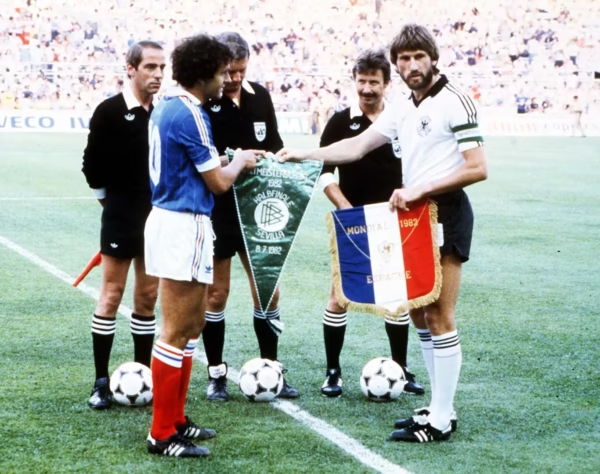
The 1982 World Cup in Spain arrived in a very different football world. No internet, limited television deals, and far less commercial sponsorship. FIFA’s total prize pool stood at $20 million, with Italy taking home just $1.4 million after defeating West Germany.
At the time, that figure felt significant, but the scale was nowhere near what would come later. Football, though globally popular, still operated largely within continental borders. Most national associations were not financially independent, and the idea of a World Cup as a billion-dollar property would have sounded absurd.
Four years later, in Mexico 1986, the prize fund rose slightly to $26 million, and Argentina’s Diego Maradona-led triumph earned them $2.2 million. The numbers reflected modest growth, but the signs were there. Television audiences had ballooned thanks to wider broadcasting access, and FIFA, under João Havelange’s presidency, had begun to understand the commercial potential of global football.
Havelange had a vision that football could be more than a sport; it could be a global business. With sponsors like Coca-Cola and Adidas stepping in, FIFA’s commercial model was born. The seeds of the modern financial machine were being planted.
Globalisation and American Influence
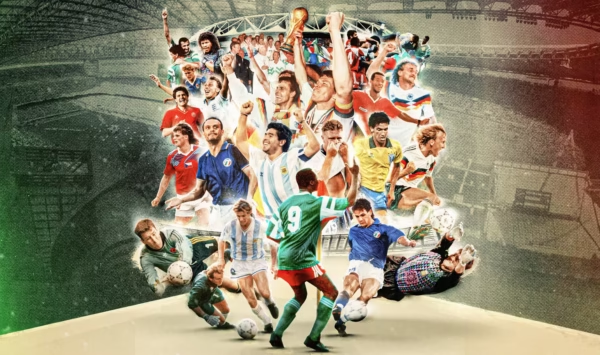
By the time Italia ’90 kicked off, the world had changed again. Colour television, satellite broadcasting, and early forms of global marketing were reshaping sport. The prize pool jumped to $54 million, and Germany’s victory earned them $3.5 million.
This tournament, often remembered for its defensive football and dramatic penalty shootouts, was critical for another reason: it attracted unprecedented global audiences. More than 2 billion people watched at least some of the matches, a signal to FIFA and its sponsors that the World Cup was a cultural event unlike any other.
Then came the USA 1994, the World Cup that changed everything. Many in Europe doubted it would succeed in a nation where football (or soccer) was far from mainstream. They were wrong. Stadiums were full, television ratings were massive, and the tournament proved that football could thrive commercially anywhere.
The total fund hit $71 million, with Brazil’s champions pocketing $4.5 million. But more importantly, the United States opened the door to new broadcasting deals, sponsorship models, and the eventual rise of the Premier League’s global appeal.
By France 1998, the first 32-team tournament, FIFA had established itself as a corporate powerhouse. The prize pool surged to $103 million, and France’s home triumph earned them $6.5 million.
What had begun as a football celebration was now a full-scale business operation. The money wasn’t just growing, it was multiplying.
The Money Machine Accelerates
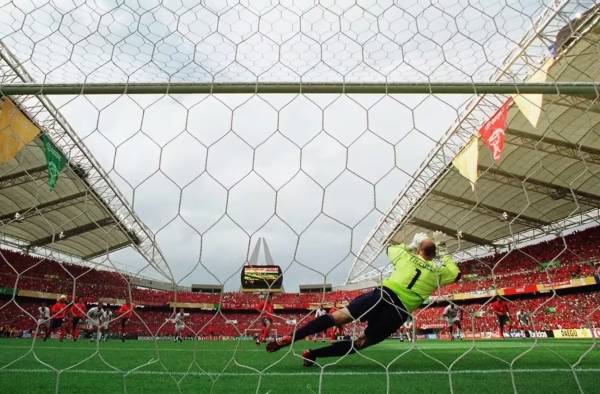
The new millennium brought a new kind of World Cup, one built for global television. In 2002, hosted jointly by South Korea and Japan, the total prize money climbed to $156.6 million. Brazil, once again champions, earned $8.5 million.
This was the first World Cup in Asia, and it delivered record broadcast audiences across multiple time zones. FIFA’s strategy was clear: expand, globalise, and monetise. Every new host meant access to new sponsorships, and every match broadcast meant more advertising revenue.
By Germany 2006, the total fund had soared to $266 million, with Italy taking home $18 million after their penalty shootout win over France. This edition cemented the World Cup’s transformation into a financial phenomenon.
Television rights alone accounted for billions. Sponsors lined up for visibility. Merchandising boomed. The World Cup had become a festival of money as much as a celebration of football.
Peak Commercialisation and Global Reach
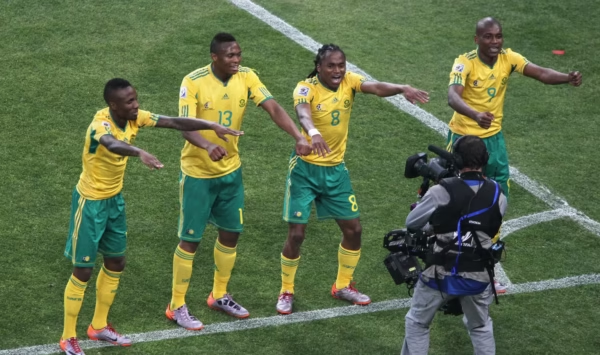
When the World Cup went to Africa for the first time in 2010, the scale was unprecedented. South Africa’s edition came with a $348 million prize pool and saw Spain, the champions, earn $30 million.
For FIFA, it was a moment to showcase inclusivity and expansion. For the football economy, it was proof that the sport’s global infrastructure could support mega-events on any continent. The tournament generated billions in revenue and established a template that would only grow larger.
In Brazil 2014, the prize fund reached $358 million, with Germany collecting $35 million. Brazil’s World Cup was vibrant, chaotic, emotional and extraordinarily lucrative. Global audiences exceeded 3.2 billion, roughly half the world’s population at the time.
By Russia 2018, the World Cup was fully entrenched as the world’s most valuable sporting event. The total prize fund hit $400 million, with France’s champions earning $38 million. Beyond that, FIFA paid another $209 million to clubs for releasing their players, a recognition that football’s ecosystem depended on both the national and club game.
The World Cup was no longer just a four-week competition; it had become a four-year business cycle.
Wealth and Spectacle
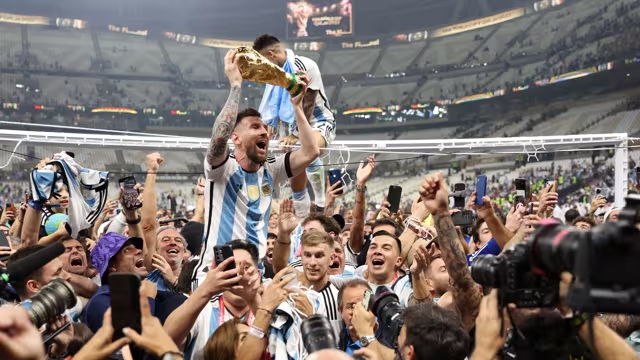
Few tournaments in history have carried as much scrutiny as the 2022 World Cup in Qatar. The build-up was filled with political controversy, infrastructure debates, and questions about football’s relationship with money and power.
Financially, it shattered every record. FIFA allocated $440 million in prize money $42 million for the winners (Argentina), $30 million for the runners-up (France), and generous sums distributed throughout the tournament.
Qatar’s edition was the most expensive World Cup ever staged, with overall infrastructure spending surpassing $200 billion (though much of that was for national development projects). For FIFA, it was another revenue windfall. Broadcast deals, sponsorships, and digital engagement produced unprecedented profits.
The tournament also represented football’s new balance of power: the Middle East as a financial and political force in the sport.
The Billion-Dollar Era
When FIFA confirmed the $896 million prize pool for the 2026 World Cup, it felt like a symbolic threshold. Football had entered the billion-dollar age.
The expansion to 48 teams, spread across the United States, Canada, and Mexico, means more matches, more sponsorships, and more broadcast hours. The winners are expected to receive around $65 million, with $45 million for the runners-up.
FIFA projects total revenue for the 2023–26 cycle at around $13 billion, with $8.9 billion directly tied to the tournament itself. This marks a doubling of the 2022 cycle and shows just how far football’s commercial reach has extended.
But it also raises questions about sustainability. The more the tournament grows, the more pressure mounts on players, clubs, and national federations. The balance between spectacle and sport becomes harder to maintain.
The 2026 World Cup will be bigger than anything the game has ever seen: more cities, more fans, more everything. Whether it’s better remains to be seen.
Understanding FIFA’s Prize Money Structure
Each World Cup’s total fund is divided into two main parts:
- Performance-based payments – fixed amounts given to teams depending on their progress, from group stage to champions.
- Other payments – sums directed toward club compensation programs and insurance under the “Club Protection Programme,” covering players who participate in the tournament.
For example, in 2018, while FIFA distributed $400 million to national teams, it also paid an additional $209 million to clubs whose players took part. These payments help maintain relationships with club football, acknowledging that national teams rely on players developed and paid for by professional clubs.
When fans read conflicting numbers about “total payouts,” it’s often because they include or exclude these separate programs.
The Timeline: Prize Funds & Payouts, 1982 to 2026
| World Cup | Total Fund | Winner | Runner-Up |
|---|---|---|---|
| 1982 – Spain | $20 m | $1.4 m | $0.9 m |
| 1986 – Mexico | $26 m | $2.2 m | $1.6 m |
| 1990 – Italy | $54 m | $3.5 m | $2.5 m |
| 1994 – USA | $71 m | $4.5 m | $3.0 m |
| 1998 – France | $103 m | $6.5 m | $4.5 m |
| 2002 – South Korea & Japan | $156.6 m | $8.5 m | $6.3 m |
| 2006 – Germany | $266 m | $18 m | $12 m |
| 2010 – South Africa | $348 m | $30 m | $20 m |
| 2014 – Brazil | $358 m | $35 m | $24 m |
| 2018 – Russia | $400 m | $38 m | $29 m |
| 2022 – Qatar | $440 m | $42 m | $30 m |
| 2026 – USA / Canada / Mexico | $896 m | $65 m* | $45 m* |
These figures are based on publicly reported figures in FIFA or media reports.
The total fund for 2026 has already been confirmed as $896 million, more than double the 2022 total. The exact breakdown for 2026 (winner, runner-up, etc.) is not yet fully confirmed; the numbers shown are indicative or projected.
You Might Also Want To Read This
- Top 10 Best Strikers (Centre-Forward) In The World 2024
- Top 10 Goalkeepers In The World 2024
- Top 10 Right Wingers In The World 2024
- Top 10 Best Left Back In The World 2024
- Top 10 Best Right Back In The World 2024
- Top 10 Attacking Midfielders In The World 2024
- Top 10 Defensive Midfielders In The World 2024
- Leeds United’s 10 Greatest Players Of All Time

